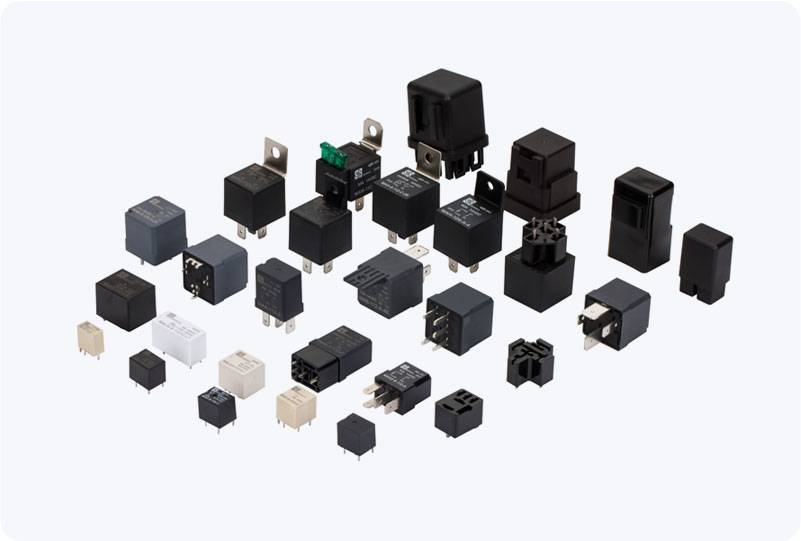understanding industrial control relays: essential components in automation systems
Release time:2025-04-30 22:58:08
Industrial control relays play a critical role in automation systems, ensuring the smooth operation of machinery and processes. These devices are designed to switch electrical circuits on and off, thus enabling control over various industrial applications such as manufacturing lines, HVAC systems, and power distribution networks. Relays serve as the "brain" behind controlling large machines with smaller, low-power signals, making them indispensable in modern industries.

What is an Industrial Control Relay?
An industrial control relay is an electrically operated switch used in control circuits to manage power to larger electrical devices. Relays consist of a coil, an armature, a set of contacts, and a spring. When an electrical current passes through the coil, it generates a magnetic field that pulls the armature, causing the contacts to either open or close. This action is responsible for turning devices on or off, depending on the configuration of the relay.
Industrial control relays are typically used to control high-power systems like motors, lights, and heating elements while allowing the use of low-power control systems. The ability to control large machinery through a smaller electrical current helps protect delicate control circuits from potential damage and ensures reliability.

